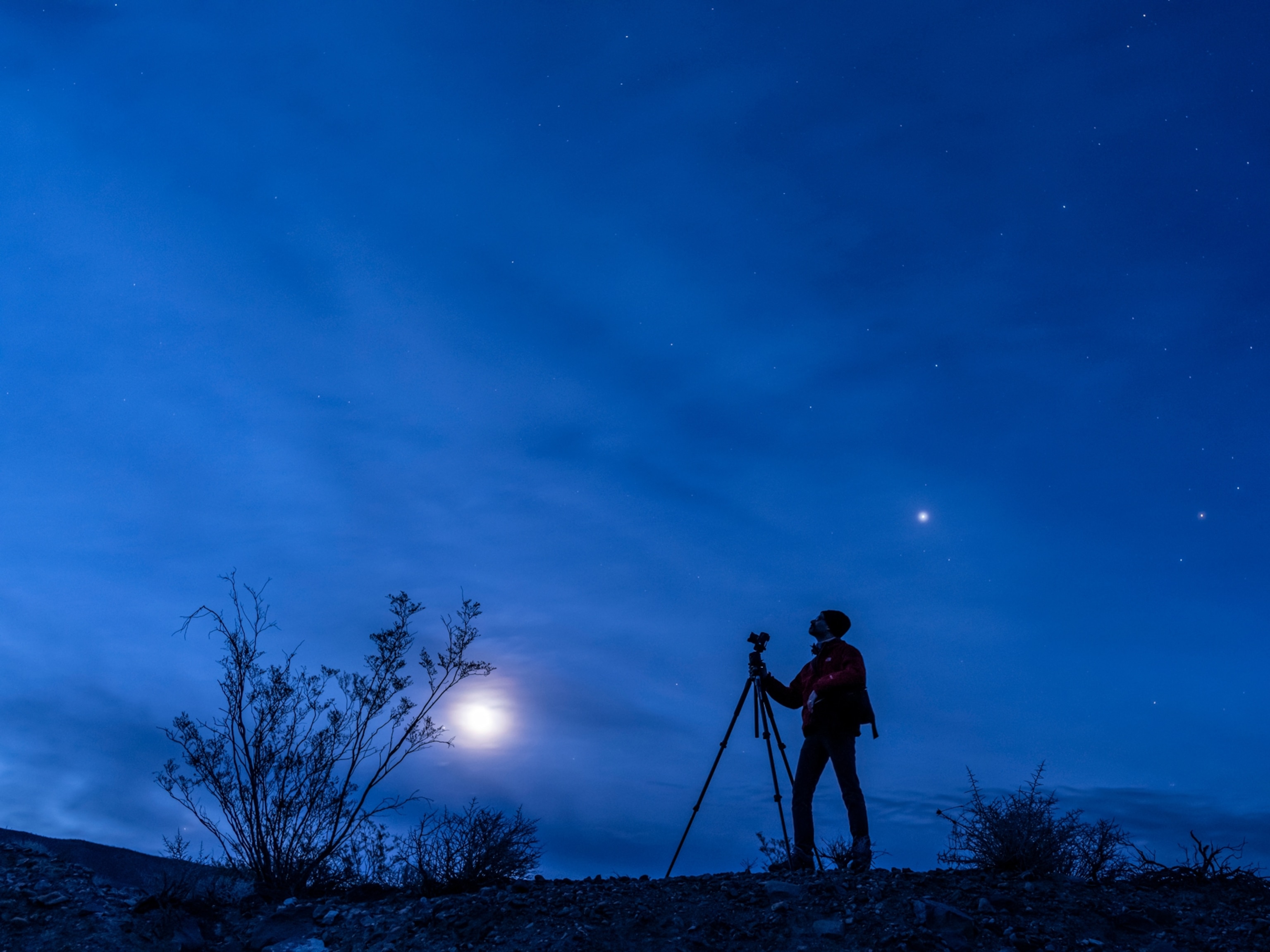
Uranus Got Knocked Over by One-Two Punch
New models explain planet's tilted orbit, moon mystery.
The planet Uranus got knocked on its side not by a single, massive blow but by two powerful impacts, new computer simulations hint.
The model helps explain a long-standing mystery: Why do Uranus's moons also lie in unexpected positions?
Unlike the other seven planets, Uranus's rotation axis has a bizarre 98-degree tilt relative to the solar system's orbital plane. In other words, the planet seems to roll around on its side as it orbits the sun.
Even odder, the rings and moons of Uranus circle the planet's tilted equator. (Related: "Hubble Reveals New Moons, Rings Around Uranus.")
The widely accepted theory for how Uranus got knocked over is that a rogue Earth-size planet slammed into the ice giant billions of years ago. That lost world was mostly likely destroyed on impact.
But previous computer simulations showed that a single extreme impact wouldn't have affected Uranus's retinue of more than 25 moons, and the moons should now be circling the planet's poles instead of its equator.
Single Blow Would Have Meant "Backward" Moons
To explore this conundrum, a team led by Alessandro Morbidelli, of the Observatoire de la Cote d’Azur in France, ran several simulations of possible Uranus impacts.
The results showed that Uranus was most likely struck when its moons and rings were still forming from a disk of debris around the ice giant's equator.
When Uranus was hit, this disk was disrupted but then reformed around the planet's tilted equator, eventually giving rise to the moons in the positions we see today.
(Related: "Uranus, Neptune Swapped Spots, New Model Says.")
In the new simulations, however, a single impact led to moons that orbit "backward"—in the opposite direction of the planet's spin.
Instead, the most likely scenario involves a closely spaced double impact, Morbidelli's team found.
"Our computer simulations show that two sequential impacts occurred very early in the planet's history, when it was still surrounded by a protosatellite disk, and should have occurred relatively close in time," Morbidelli said.
"So far, this is the only model that explains the equatorial orbits of Uranus's satellites."
Big Impacts Once the Norm Among Giants?
The results suggest that giant impacts may have been more common than previously thought in the early days of the solar system, when today's planets were still sweeping up smaller objects from the large debris disk surrounding our young sun.
In fact, big collisions could have been important factors in the formation of planets such as Saturn and Neptune, which both display 30-degree tilts in their axes.
(Also see "Massive Comet Impact Detected on Neptune.")
"In general, scientists have thought that these planets formed by accreting only small planetesimals, and the Uranus tilting event was an exceptional event," Morbidelli said.
"But now we show that Uranus has to have been tilted at least twice, so these giant impacts were not exceptional events—they were the norm."
The Uranus-impact study was presented last week at the joint meeting of the American Astronomical Society Division for Planetary Sciences and the European Planetary Science Congress in Nantes, France.





